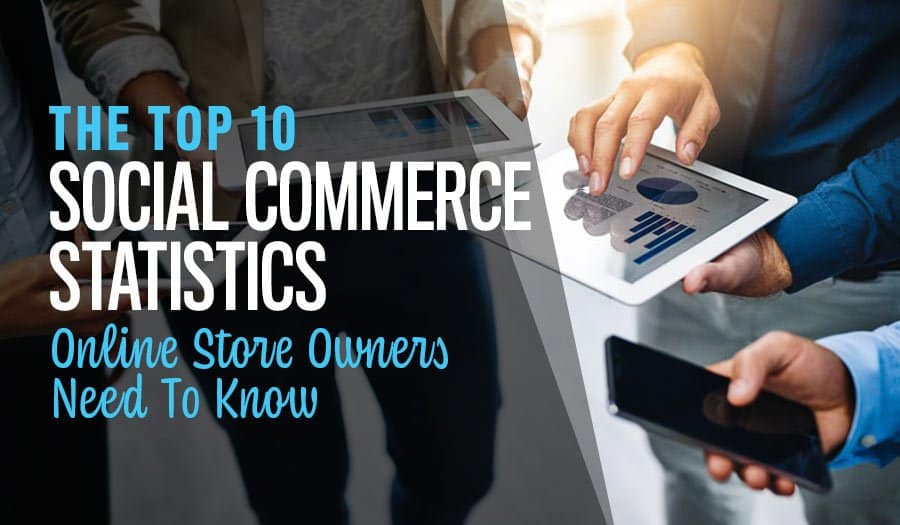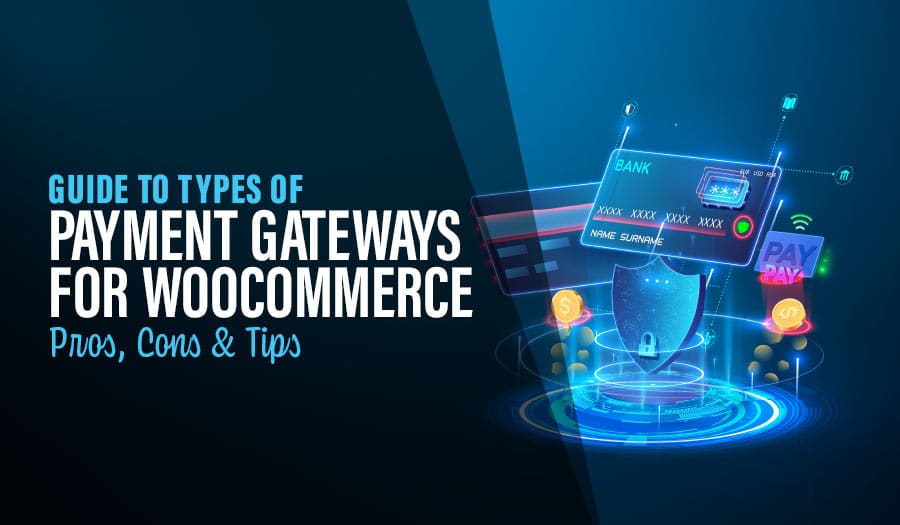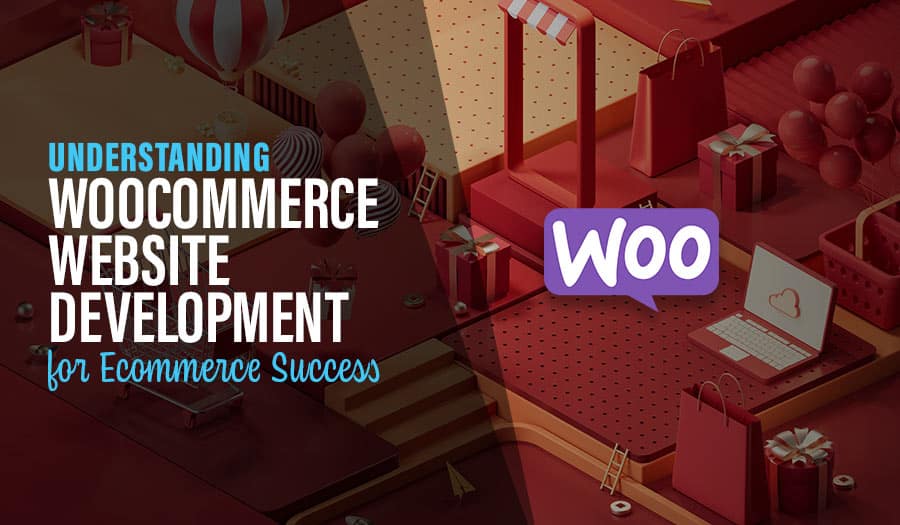Social commerce is the convergence of social media platforms and e-commerce. If you are an online store owner, you need to know what your competitors are doing whilst simultaneously keeping your finger on the pulse of what your consumers want, and that’s how these statistics can help. Here are 10 Social Commerce Statistics Online Store Owners Need To Know.
Social media is becoming more and more of an influence on the consumer’s final purchase decision. Store owners who want to remain competitive and succeed within the e-commerce space should pay attention to these 10 crucial social commerce statistics.
Most e-commerce retailers realise a social media presence is more than just a necessary evil. Social media can be the key to a considerable increase in your sales. Okay, we hear you ask, how considerable? Online stores with a social media presence (of at least one social media account) report 32% higher sales volume than those with no social presence at all.
Evidence suggests that having a social media presence does more than just drive traffic to your website. Using social media solidifies the relationship between your brand and your consumers: existing and potential consumers. Social media also allows you to communicate with your customers as often as you like and should be fully utilised as a part of your marketing strategy.
10 Top Social Commerce Statistics Online Store Owners Need To Know
- Statistically, e-commerce stores will find less competition on Twitter.
- Of all the varying social media platforms, Facebook has the highest conversion rate for social commerce traffic (1.85%).
- E-commerce stores, on average, publish around 4.55 posts each per week on Facebook (which sits at approximately 0.65 posts/day).
- Social media channels have a direct impact on consumer purchase behaviour.
- 71% of consumers who have had a positive social media experience with a brand will recommend that brand to others.
- 78% of people who used Twitter to complain to a brand expected a response from that company within the hour.
- Facebook in miles ahead of other social platforms regarding social media sales and traffic.
- Style site Polyvore generates the highest average order value, ahead of Facebook, Twitter and Pinterest, which may surprise some.
- Whether purchasing via social media or not, around a third of consumers are conducting online research using social media platforms and mobile apps before making a purchase.
- Social media giants Facebook, Pinterest and Twitter all feature ‘buy buttons’, allowing shoppers to shop within the platform easily.
1. Statistically, e-commerce stores will find less competition on Twitter.
Only 60% of e-commerce stores with a Facebook page also use Twitter. So, if your competitors aren’t using Twitter, there is an opportunity for your brand to become an authority in your niche market.
2. Of all the varying social media platforms, Facebook has the highest conversion rate for social commerce traffic (1.85%).
3. E-commerce stores, on average, publish around 4.55 posts each per week on Facebook (which sits at approximately 0.65 posts/day).
However, it is wise to keep in mind that if those who have “liked” your page do not interact with your page’s Facebook posts, they are unlikely to see your posts at all due to Facebook’s Edge Rank. Storeowners should post more often and aim to encourage community engagement.
4. Social media channels have a direct impact on consumer purchase behaviour.
Since 2015, Facebook has influenced over 50% of consumers’ online and offline purchases.
5. 71% of consumers who have had a positive social media experience with a brand will recommend that brand to others.
When consumers post about their recent online purchases, 55 per cent of people choose Facebook, 22 per cent share on Twitter, 14 per cent on Pinterest and 5 per cent choose to share on Instagram.
6. 78% of people who used Twitter to complain to a brand expected a response from that company within the hour.
If you decide to use this platform, this information is important.
7. Facebook in miles ahead of other social platforms regarding social media sales and traffic.
Around 65% of social media visits to Shopify stores originate from Facebook – add to that the fact that an average of 85% of orders placed from social media platforms originate from Facebook, and you can see why Facebook dominates.
8. Style site Polyvore generates the highest average order value, ahead of Facebook, Twitter and Pinterest, which may surprise some.
9. Whether purchasing via social media or not, around a third of consumers are conducting online research using social media platforms and mobile apps before making a purchase.
Even when they plan to make an in-store purchase, more than 80% of shoppers will conduct online research beforehand.
We know from this statistic that consumers, intending and ready to buy, are in the e-commerce space where shrewd e-commerce retailers can prompt a purchase decision before the customer even makes it in-store.
Although websites are still the favoured destination for online researchers, social media is fast becoming a destination for those interested in conducting online research before making a purchase.
10. Social media giants Facebook, Pinterest and Twitter all feature ‘buy buttons’, allowing shoppers to shop within the platform easily.
Likewise, Instagram’s click-to-purchase button appears in the bio section. One-click and One-touch checkout is making mobile shopping easier, so it is easy to see why it is predicted that mobile e-commerce (also referred to as m-commerce) will account for around 50% of all online purchases by 2020. (One-touch payments are available with PayPal One-Touch, Visa Checkout, Apple Pay and Amazon Pay).
Creating a social presence for your e-commerce store has never been more important. So, how can you use these statistics to propel your business forward?
- First, follow through by engaging with your customers where they are in social media, rather than using social media to push advertisements at them, as is how you will win fans, and fans will recommend your brand to others.
- Next, focus on providing authentic engagement by delivering self-generated content across your social media platforms, as this will help your brand build a loyal online community.
- Lastly, knowledge is power. Knowing customers who are ready to buy will be researching your brand using social media allows you to construct a sales strategy to close the deal.
If you’d like to discuss ways to improve your e-commerce website, the Pixelfish team would love to hear from you.
Take your online store business to the next level with a Pixel Fish Ecommerce Website
Check out some of our latest Ecommerce Website Design projects.
Further Information
Understanding How Internal Website Links impact SEO
Top 10 WordPress Web Design Trends for 2022
Top 15 New WooCommerce Extensions Your Store Needs in 2022
Top 5 Highly Effective Customer Retention Strategies
Understanding The Importance of Web Design for Aged Care Organisations
Twitter Vs Facebook Vs Instagram Vs LinkedIn: Which is Right for You?



